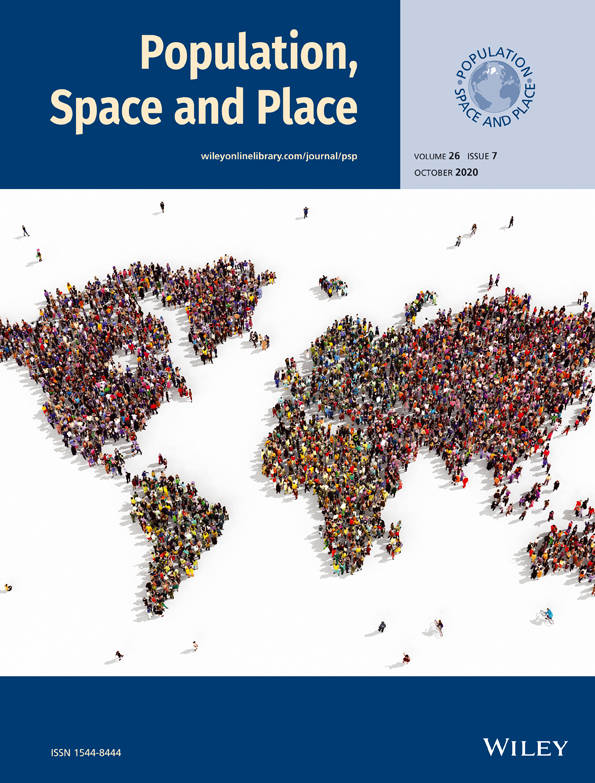Population, Space and Place was originally launched as the International Journal of Population Geography and later became Population, Space and Place. It aims to be ' the leading English-language research journal in the field of population geography and in geographical population studies'. The vast majority of articles are migration-related. The remaining minority cover issues such as housing dynamics, spatial differences in fertility, and geographies of health.
How established is it?
Population, Space and Place is 28 years old (launched in 1995) and is published by Wiley. The journal publishes about 80 articles per year. It is included in 4 of the databases used for compiling the PRIO Guide to Migration Journals (Google Scholar Metrics, Scimago Journal Ranks, Scopus, and Web of Science Core Collection).
How much are the articles cited?
The proportion of articles in Population, Space and Place that are cited at least once within a few years of publication is much higher than average for journals included in the guide. The average number of citations to each article is also much higher than average. See Scimago for additional information on citations.
What are the options for open access?
Population, Space and Place has a hybrid publication model, meaning that only subscribers have access to all articles, but that individual articles can be made open access on the basis of paying a fee. See the journal's Sherpa Romeo page about the conditions for sharing the accepted manuscript online (Green Open Access).
How long are the articles?
Population, Space and Place invites articles of up to 9000 words. For more information about submissions and access to past articles, see the journal's web site.






